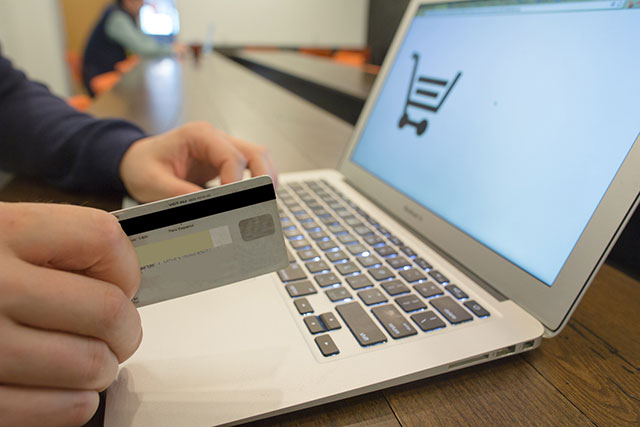
Phishing is a technique that criminals use to attempt to steal confidential information from you. So far email attacks have been the most common, but the attackers are increasingly targeting social media and smartphones with Internet access. They also take advantage of people with offers of money and jobs.
How can you prevent an attack?
Identify suspected phishing emails
Some qualities identify an attack through an email:
- They duplicate the image of a real company.
- Copy the name of a company or an actual employee of the company.
- Include sites that are visually similar to a real business.
- Promote gifts or the loss of an existing account.
Check the source of Information from incoming mail
For example, your bank will never ask you for confidential information over email. If you are unsure, call your bank. The same goes for any accounts you may have such as a clothing account.
Never go to your bank’s website by clicking on links in emails
Hackers are getting increasingly good at mimicking bank websites. Also if they mail you with a link to a bank’s site it might lead you to a website that will attempt to steal information off your PC. Type the URL directly into your web browser or bookmark the legitimate site.
Scammers will also try to link look legitimate. To check if a link is legitimate, hover over it with your mouse (DO NOT CLICK THE LINK) and a text box will pop up with the true link destination.
Enhance the security of your computer
Good judgement and knowledge of what common phishing attempts look like are as important as a good antivirus. We recommend ESET Nod anti-virus.
In addition to this, you should have the most updated software for your email, operating system and web browsers as these normally come with security updates.
Only enter data into secure websites
To see if a website is secure it should begin with HTTPS:// and show an icon of a closed lock.
If you are using another browser and are unsure if what the icon looks like, type in www.facebook.com and look for a lock icon. This is the secure icon for that specific browser.
Check your accounts often
Check your bank balance once a day so you are aware of any unauthorised spending. This can also help you notice if your bank card has been swiped.
Phishing does not only attack online banking
Majority of attacks use banks as their mechanic to get sensitive information from you. However, attackers also try to steal personal info such as Facebook, PayPal and company information.
Phishing knows all languages
Phishing knows no boundaries and can reach you in any language. In general, they’re poorly written or translated, so this may be another indicator that something is wrong.
If you never go to the Spanish website of your bank, why should your statements now be in this language?
If you doubt it, don’t click it
The best way to prevent phishing to completely ignore any mail that asks you for confidential information. If a company or bank really needs sensitive information from you, they will call.
If you are worried, call the company or bank to clarify.
Dial a Nerd has surprisingly had its fair share in Phishing attacks, no one is safe from hackers. The best we can do is be aware of attack signals. Install anti-virus and if you suspect an attack, delete it immediately.
Contact us today about getting the ESET Nod anti-virus for your home, business or school.



